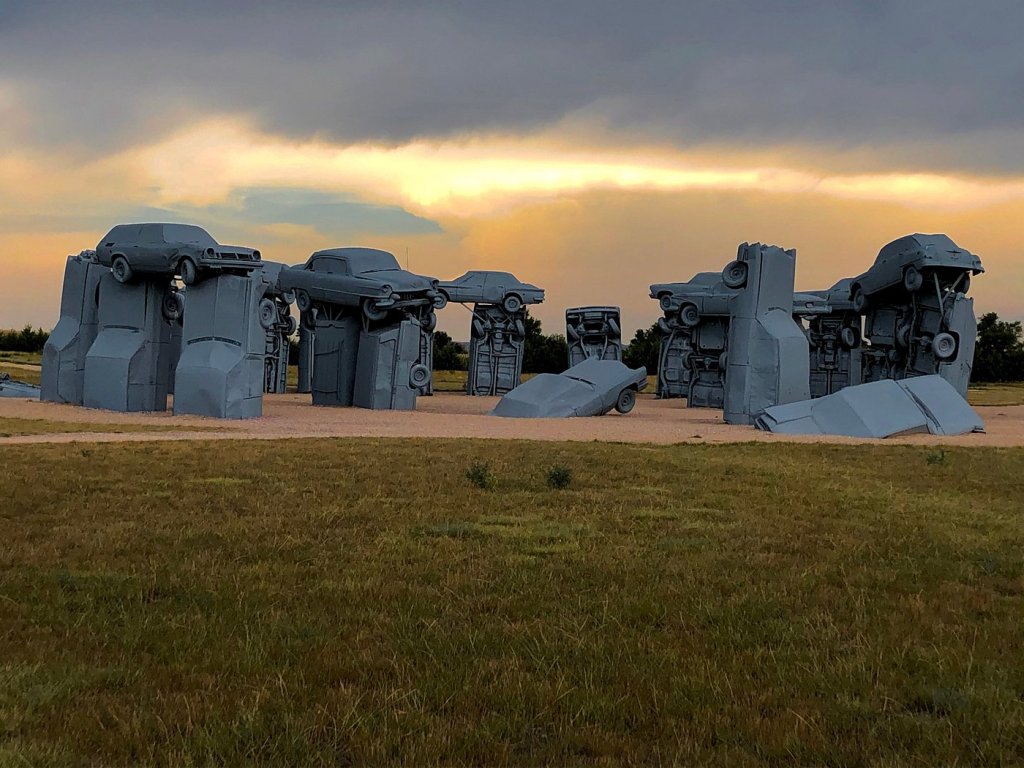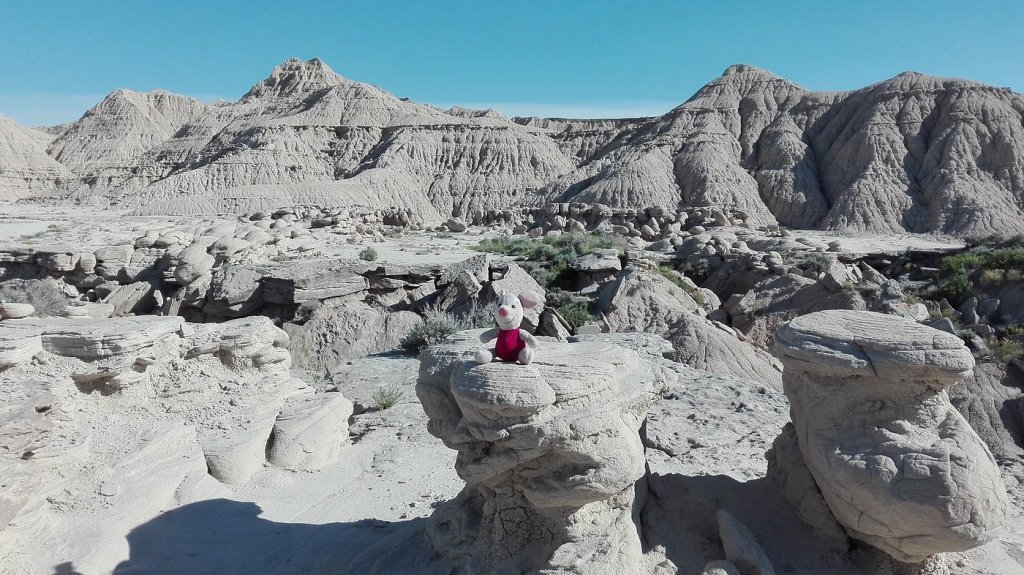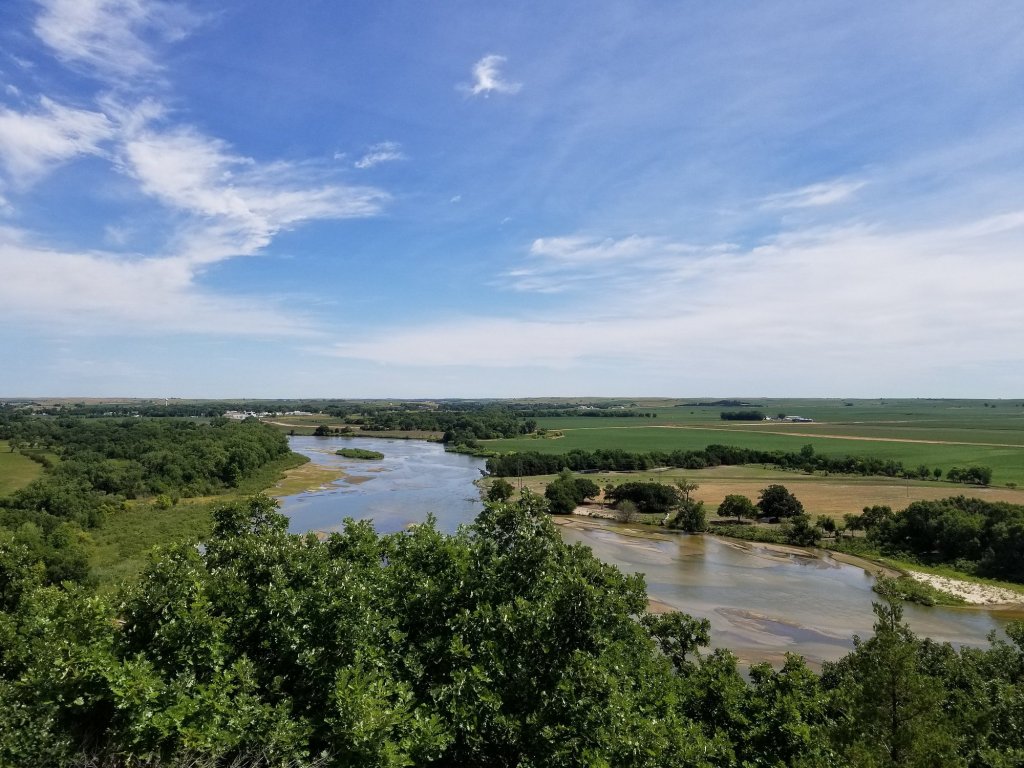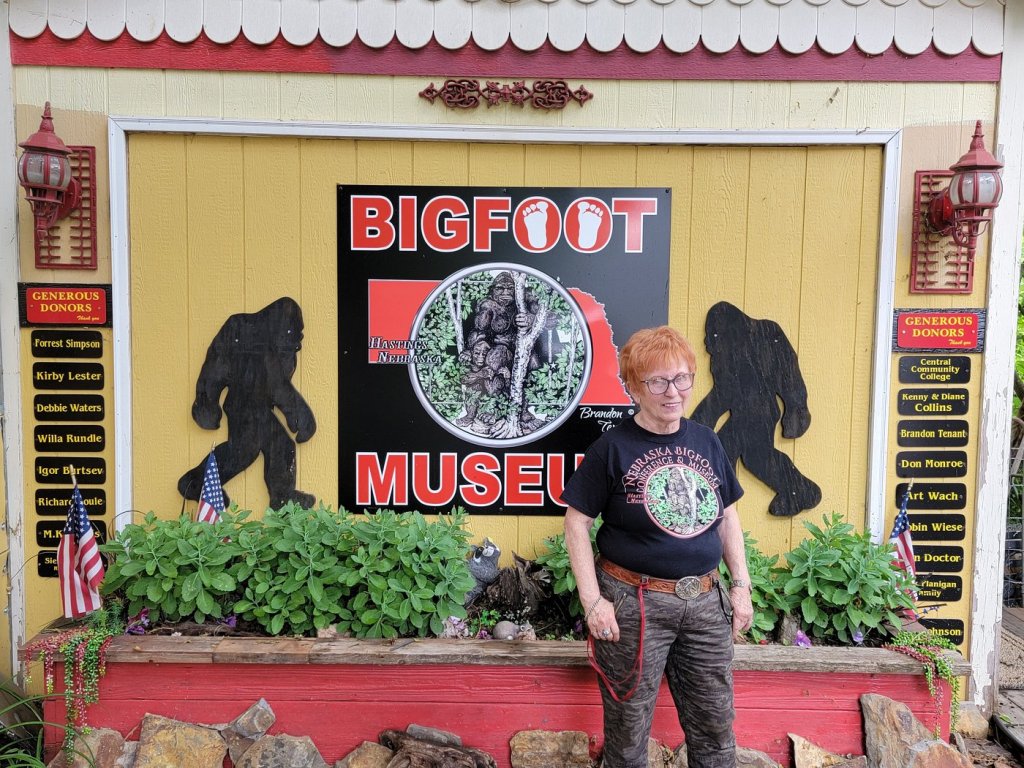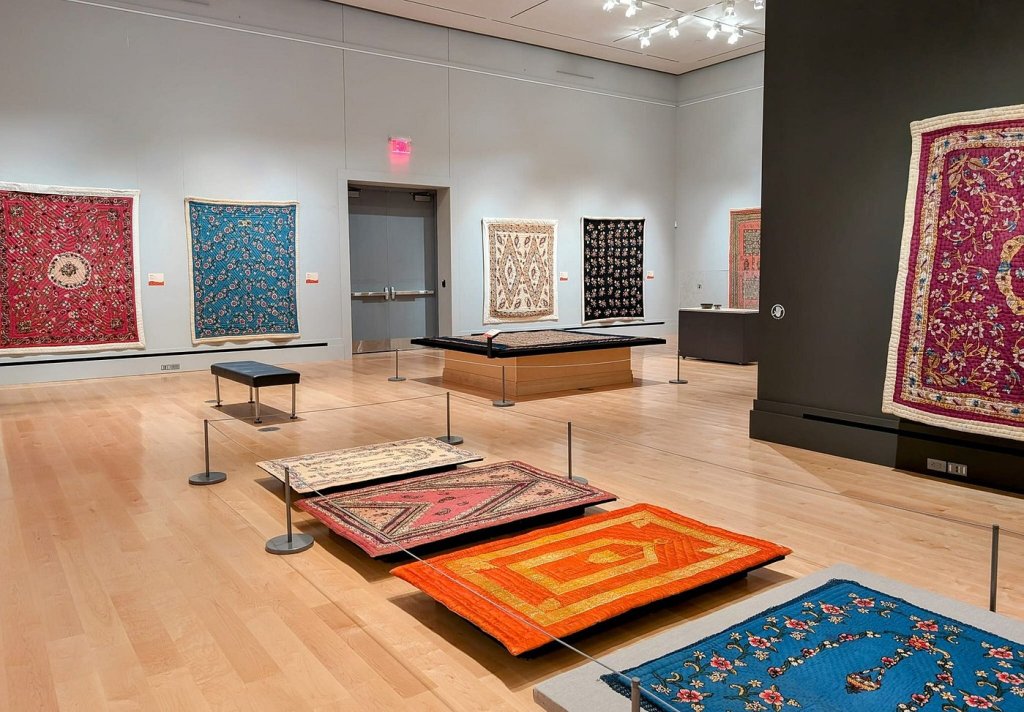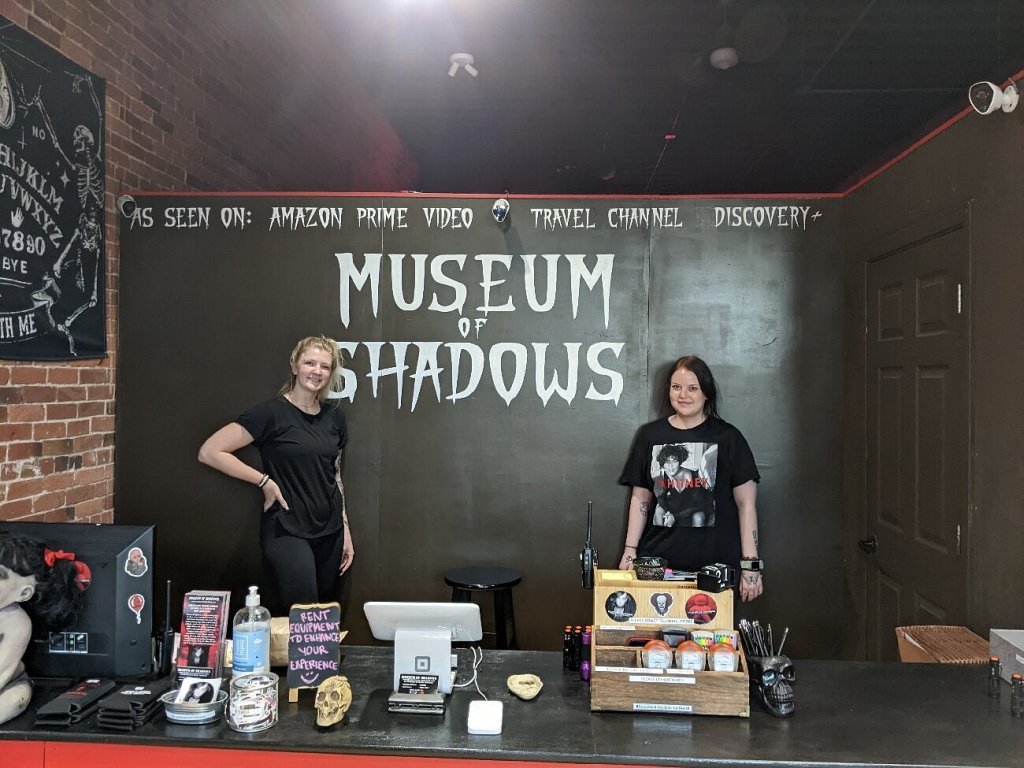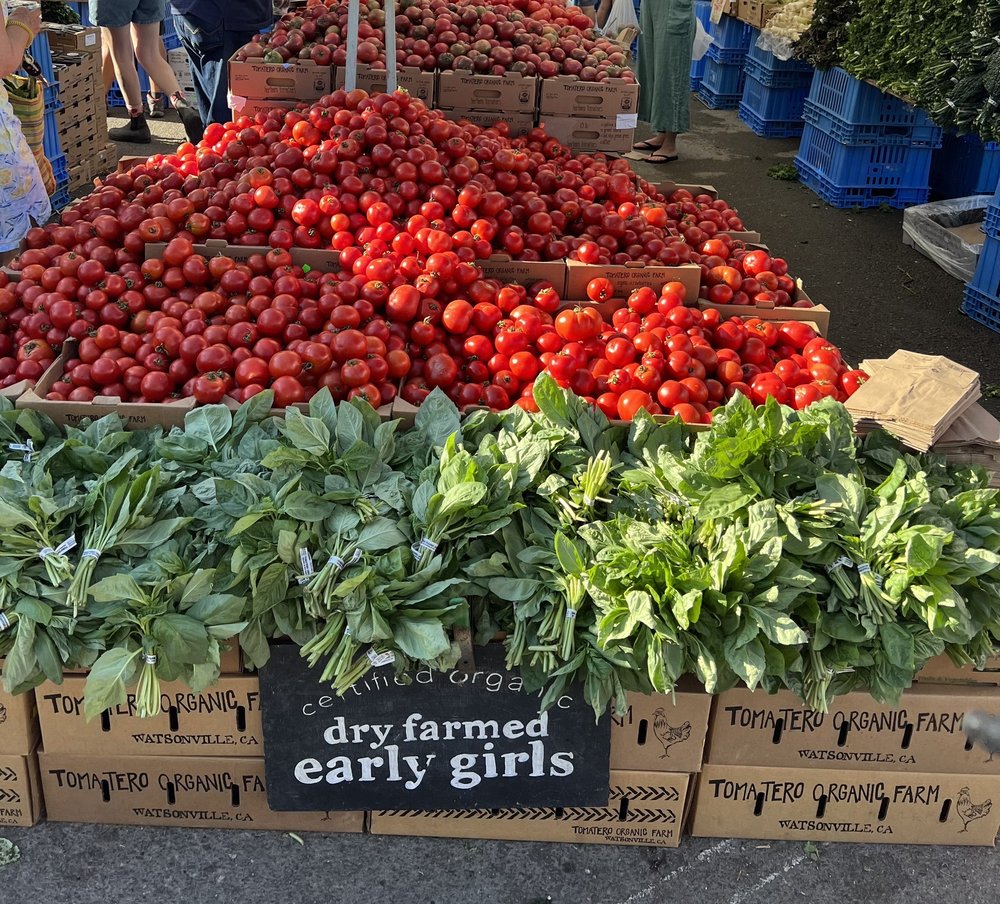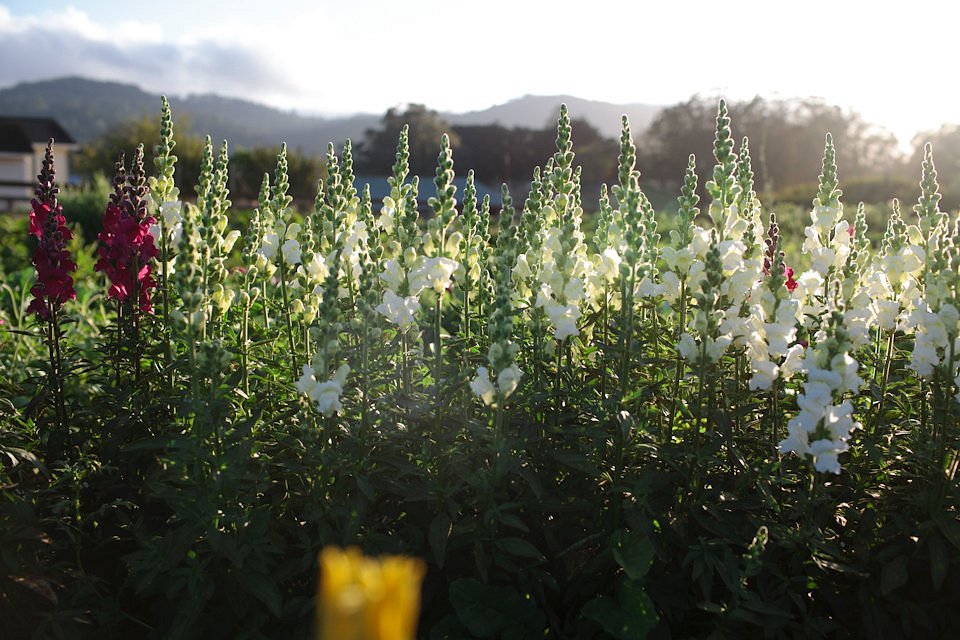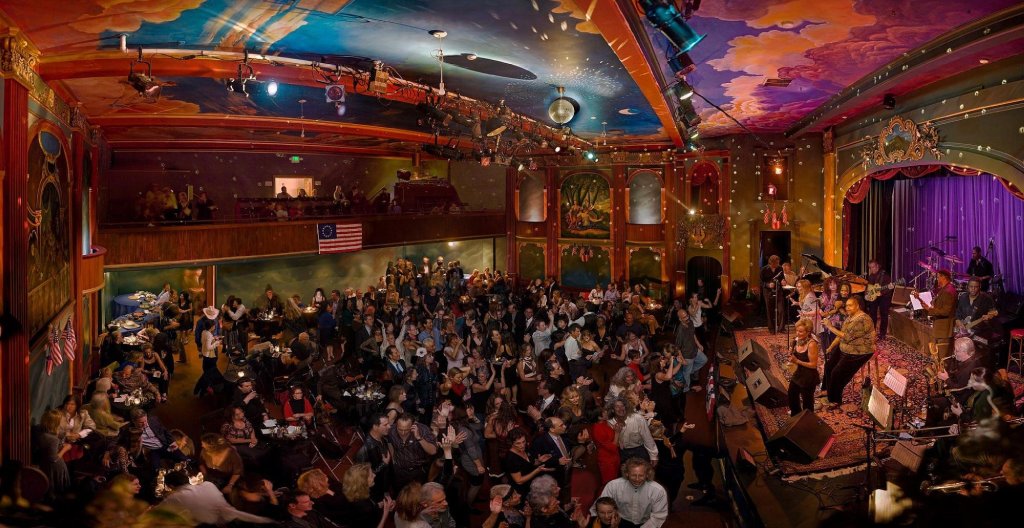I’m adding a third option for your eSIM needs: Saily.
Along with Airalo and Firsty, Saily is an easy-to-use eSIM that won’t trip up even the most tech-challenged travelers.
In case you’re new to the eSIM conversation, here’s a quick recap:
ESIMs are one of the most flexible and dynamic options that travelers have when it comes to using their smartphones abroad. Rather than replace a physical SIM card in your phone, you download an eSIM provider app, choose the plan that’s right for you, and then hit ‘activate’ when you land at your destination.
There are dozens of eSIM companies to choose from—and more are hitting the market every year.
I’ve been using Airalo for a few years with great success, but think that both Firsty (covered in another article, linked above) and Saily are great choices. Here’s why Saily is on my radar.
How can you get an eSIM from Saily?
To start using Saily, download the app from Google Play or Apple App Store. Or if you want to start shopping around for plans first, you can head to their website.
From there, you can select which countries you’ll travel to. Click on the country, then select which data plan you want.
This part is a little tricky. If you’re anything like me, you don’t know the difference between 1 GB and 20 GB—and how much internet use either covers.
A good way to gauge how much data you’ll need is to think about how often you want to stream videos on your smartphone, from Netflix to TikTok.
The more video streaming you want to do, the more data you need. For the average traveler like me (who wants to use Google Maps and send a few emails), 5GB is plenty for a five-day trip. That being said, I’d recommend doing a little research before finalizing your eSIM data plan.
How do you activate the eSIM once you touch down?
There’s one catch when using the Saily eSIM platform: your data plans are automatically activated over a 30-day period.
That means that your data plan(s) will automatically activate after 30 days of the purchase. So, you need to buy your Saily plan within one month of arriving at your destination.
That’s a pretty big catch—so make sure you set a note in your calendar in case your vacation plans change. That being said, what I love about Saily is that it automatically activates when you arrive at your destination.
Most other eSIM providers require you to manually change your phone’s settings and activate the eSIM—but not Saily.
What makes Saily stand out?
That automatic activation makes Saily stand out from other eSIM providers that I’ve used. But it’s not my favorite feature.
The reason I think Saily should be on your radar is its added security tools. Saily automatically routes your connection through other countries, sort of like a VPN or a virtual private network.
VPNs are one of the best ways to stay safe when using your smartphone abroad—especially when connecting to public Wi-Fi. While Saily doesn’t use an actual VPN, it lets you change your virtual location to over 30 countries.
That lets you browse more privately—and even access content that you’d normally see at home.
There’s also an ad blocker, which can help you save money by limiting the number of online trackers that suck up your precious data. On top of that, the Saily eSIM also blocks malicious sites, protecting you as you browse the web while traveling abroad.
